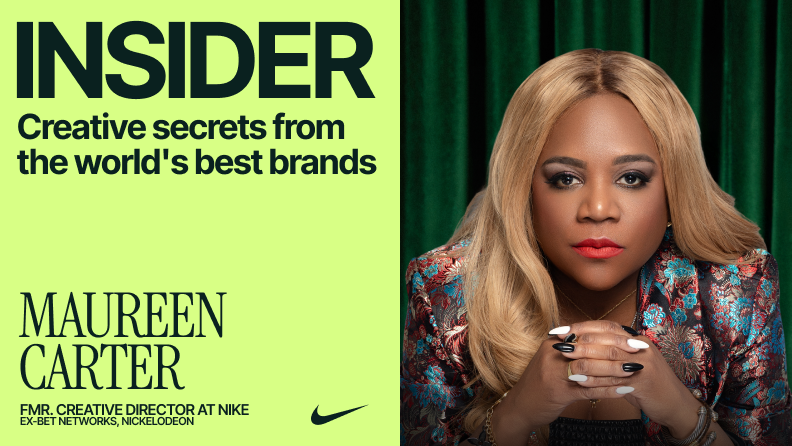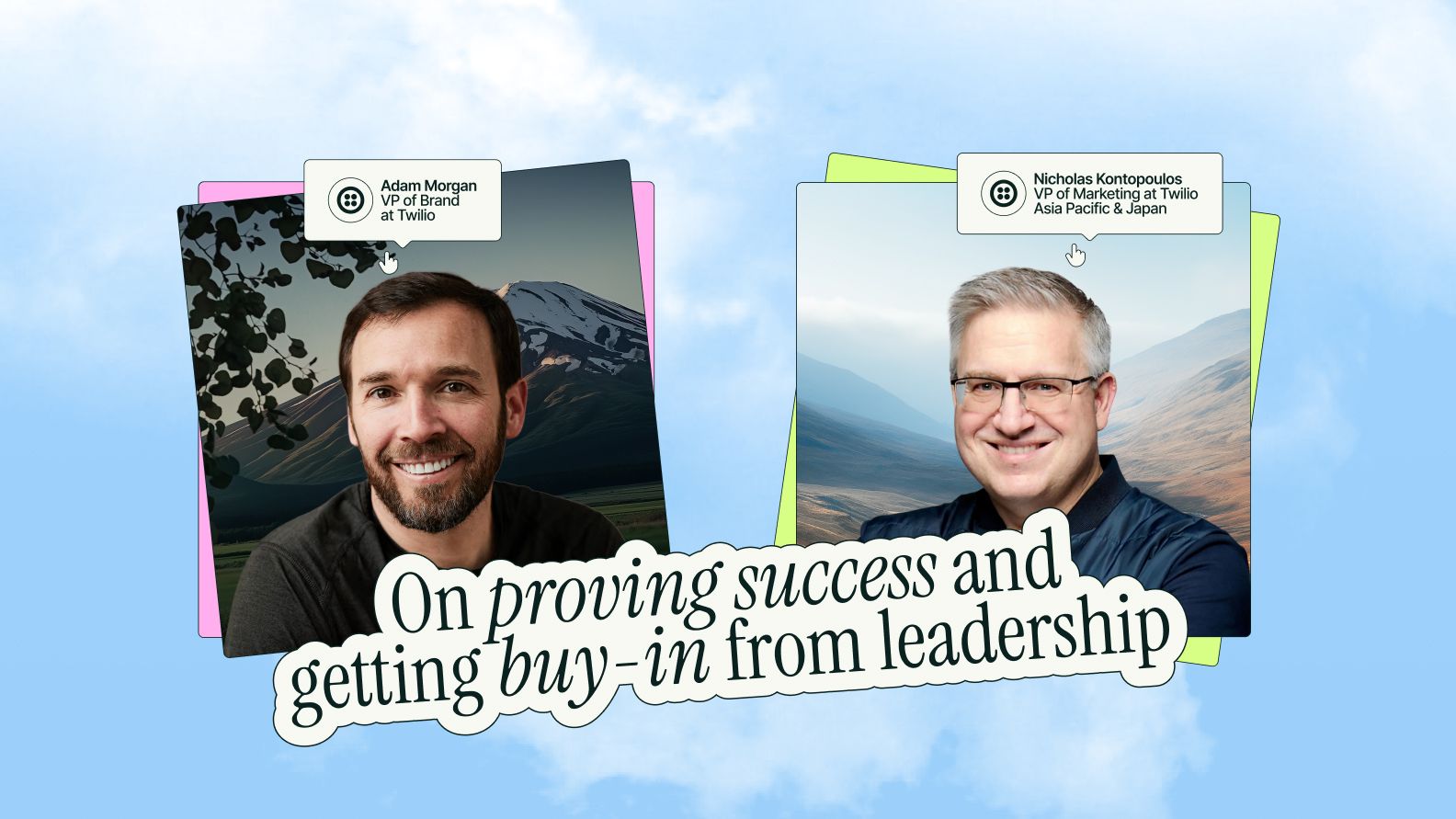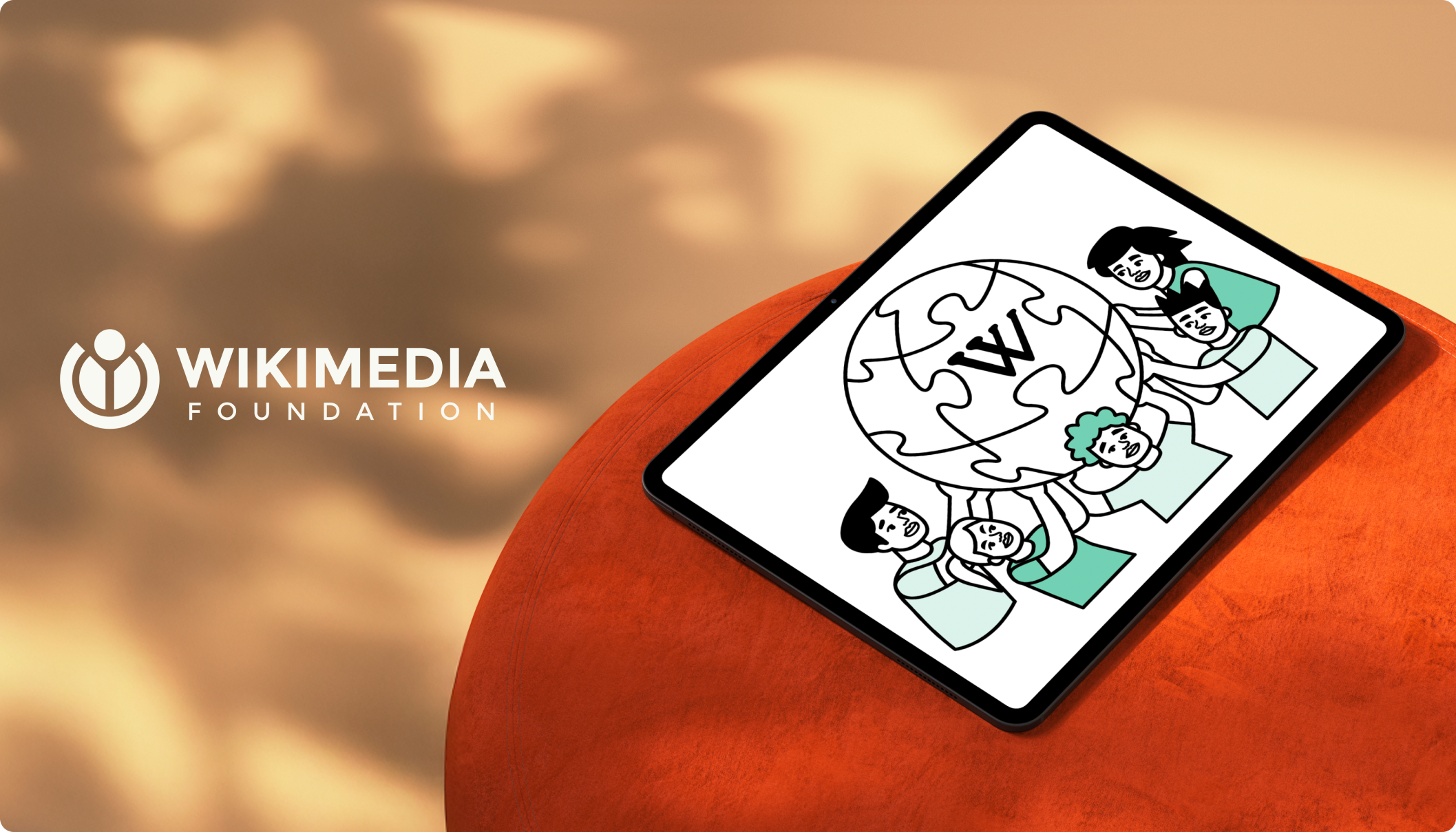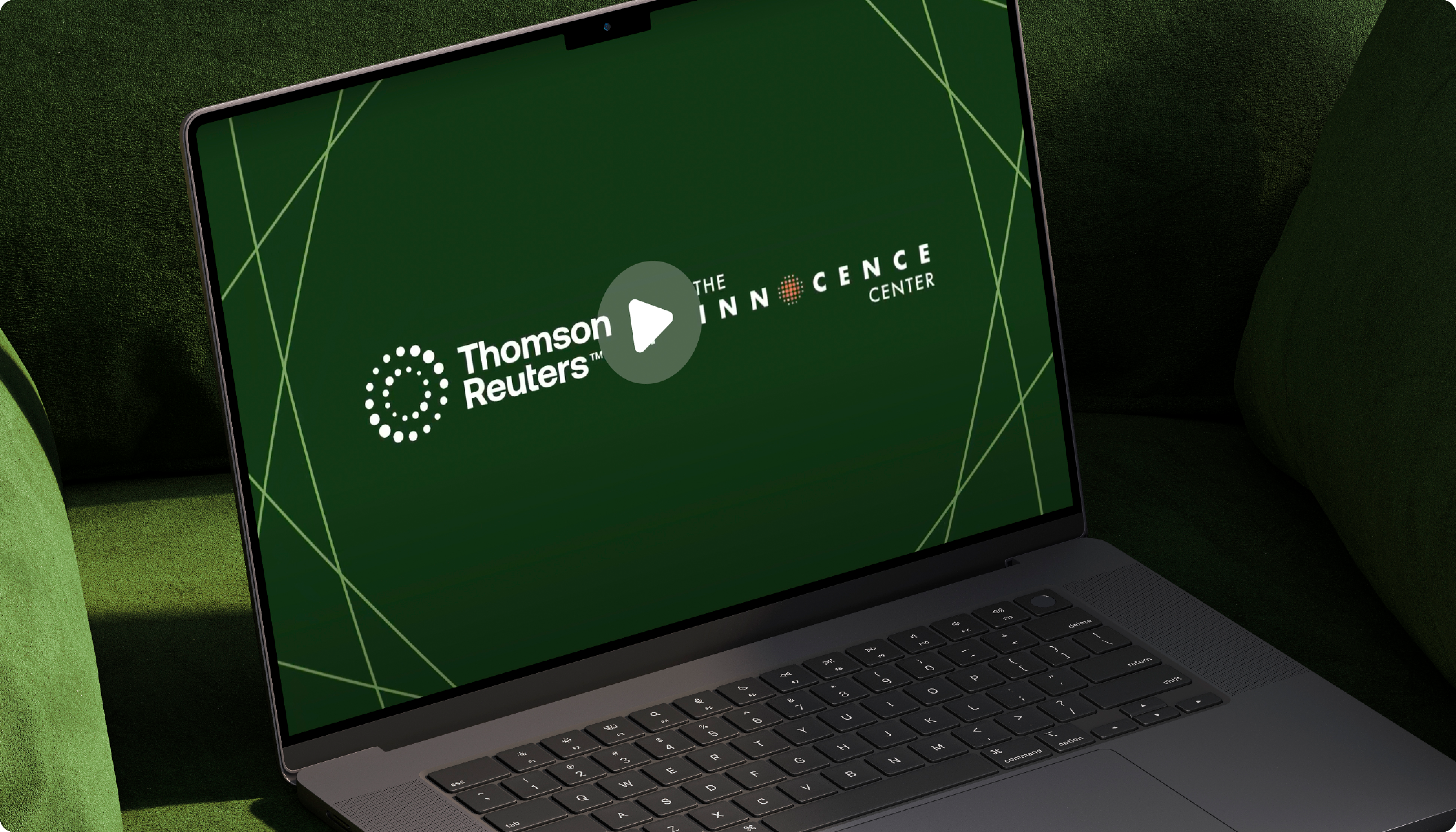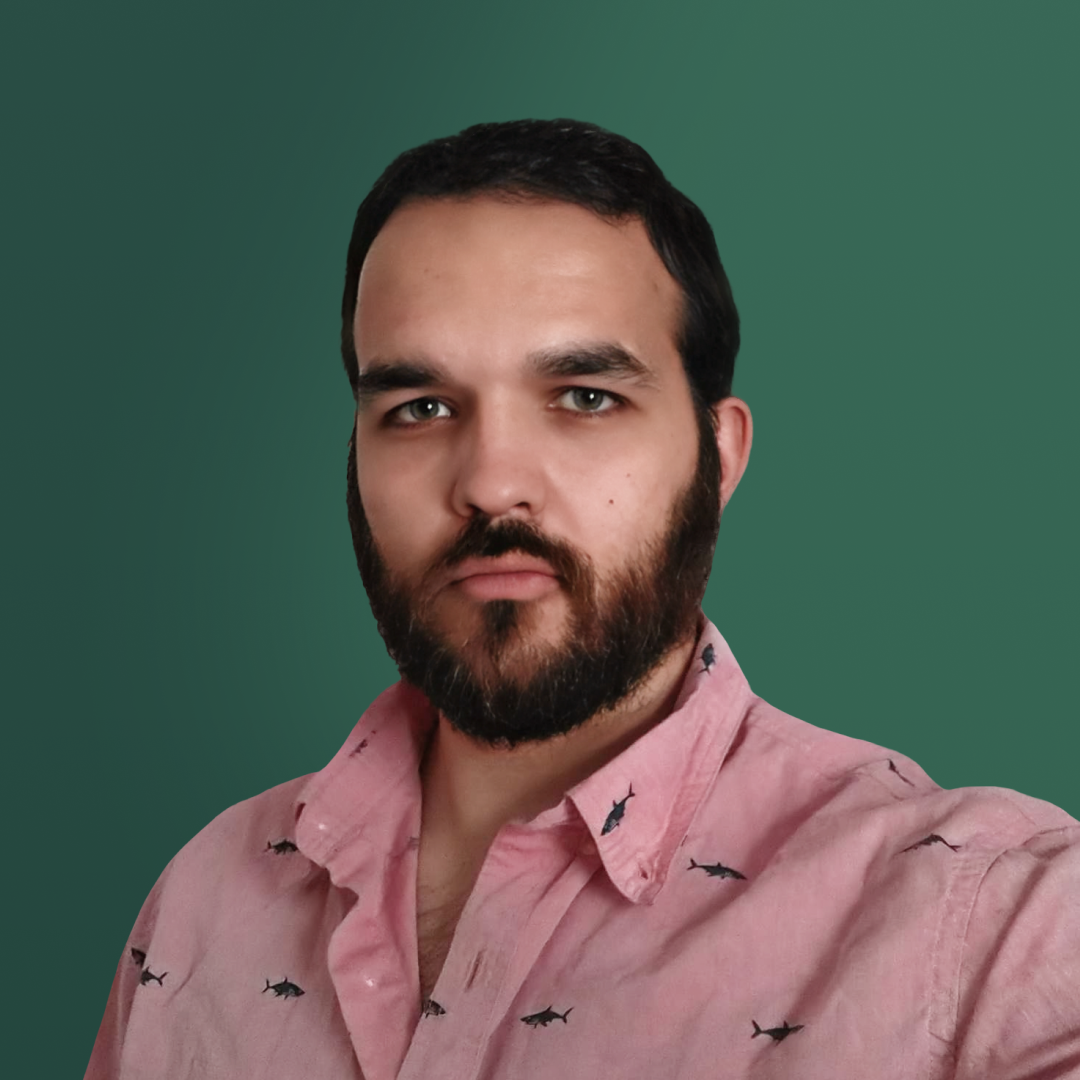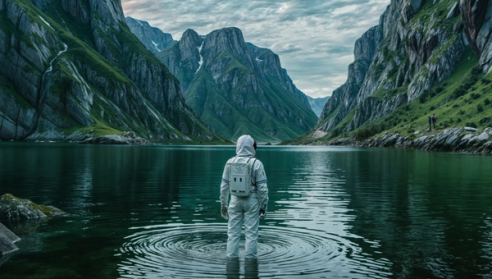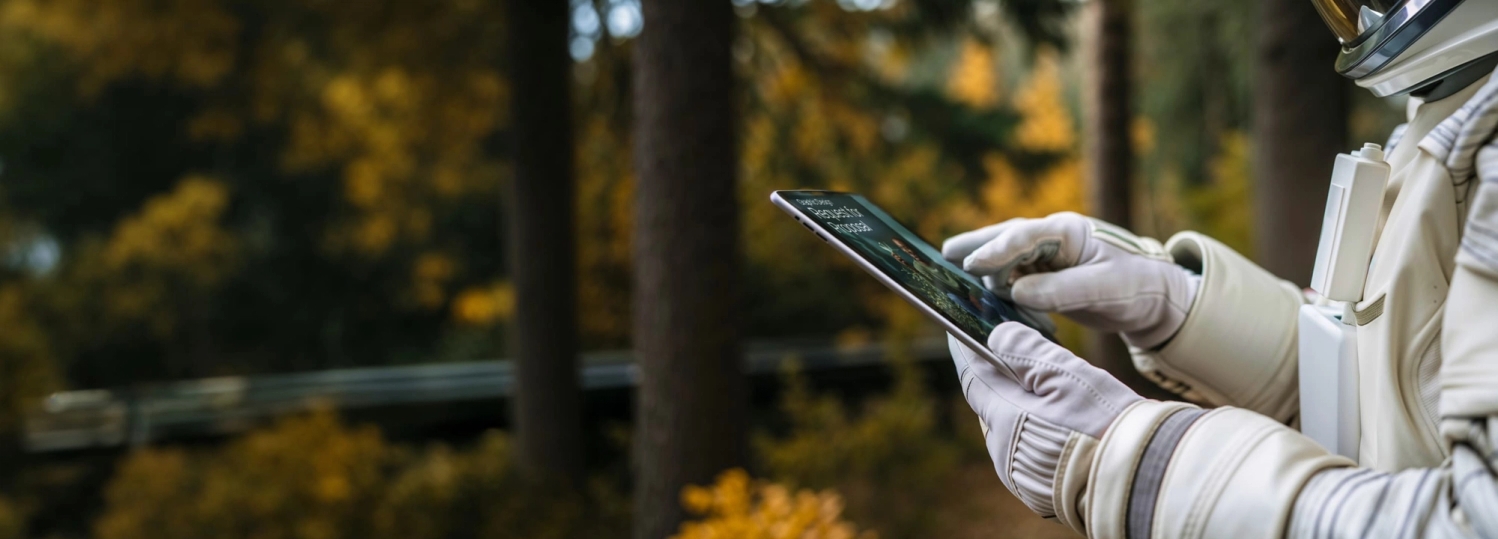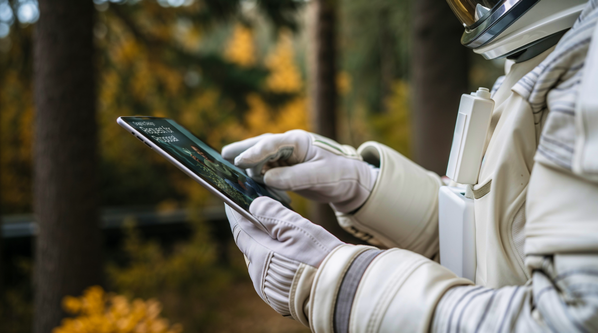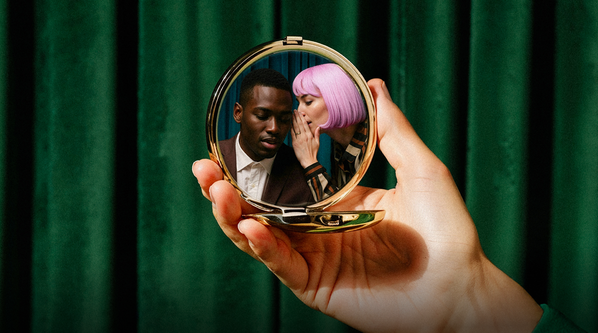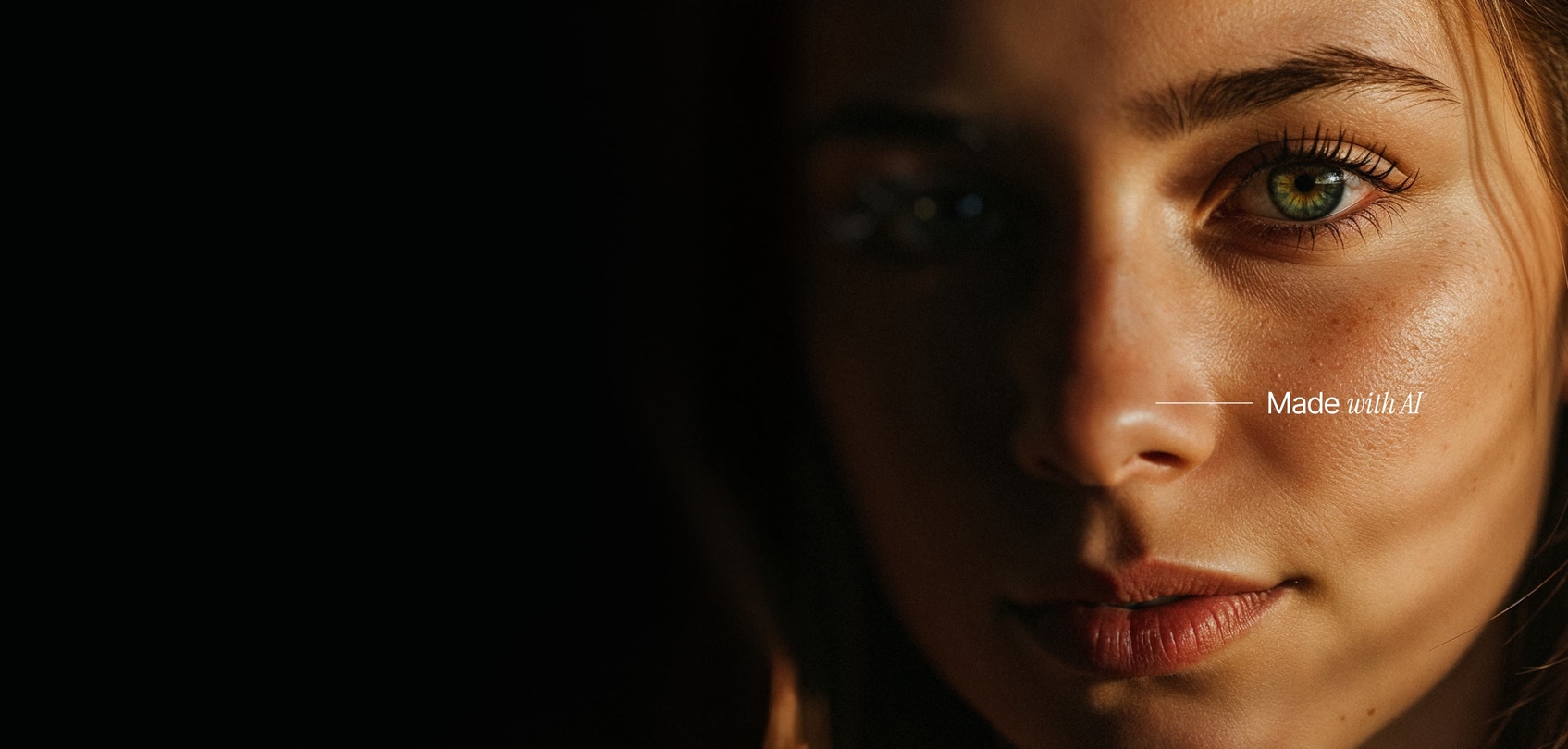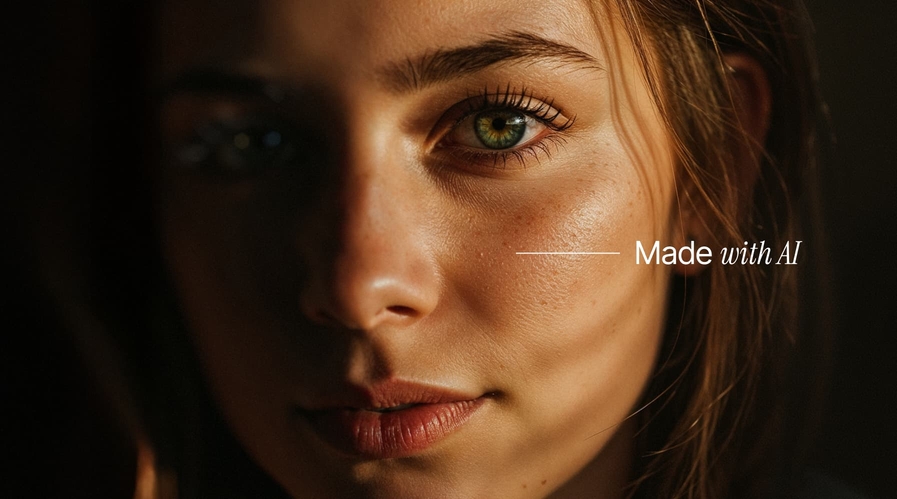Why your graphic design RFP should include AI
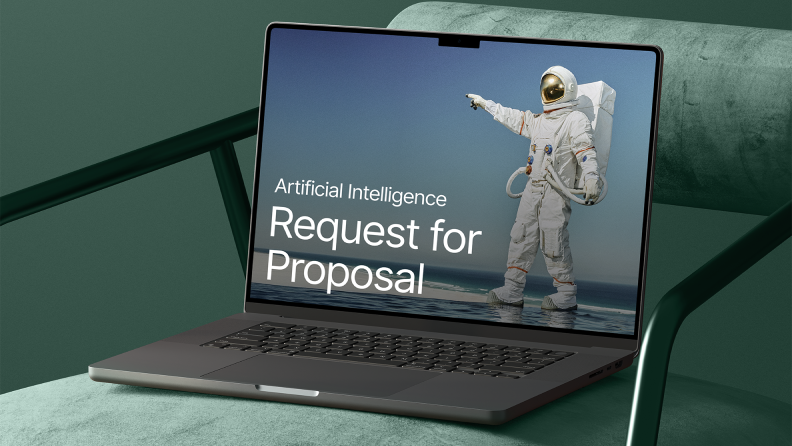
Instant image generation, collaborative brainstorming and making more sense of your data? They’re just the tip of the iceberg in how AI is changing how creative work gets done. Learn why your next graphic design RFP needs to include AI.
The hours of research and preparation you put into a graphic design RFP, helps you build an in-depth framework for the ideal creative services partner.
But, before you hit send, there’s another acronym to consider: AI.
Not because 96% of creative leaders believe that AI will save time, 93% think it’ll improve quality or that 90% say their executive team understands the impact.
Beyond saving time and money—AI lets you seize more opportunities.
How AI opens doors
The marketing and advertising industry has one of the highest AI adoption rates. Front and center in modern creative workflows, gen AI helps you:
- Make resource barriers a thing of the past. No time for photoshoots or stock searches? No budget for filming video? No problem.
- Explore more freely. Instead of spending hours on a few concepts that get close to what you want—you can generate a wide range of options—in a fraction of the time.
- Put creativity first. Be impulsive, bold and idealistic—with less risk of losing time or wasting resources.
- Get to market faster. As ad lifespans shrink, AI gives you an invaluable lifeline.
- Scale. Rapidly evolving workflows and advances, like custom AI image models, let you implement extensible solutions and amplify impact.
Where to talk about AI and what to say
As generative AI affects the ways in which creative services are delivered, discussions about AI use fit naturally into your RFP’s scope of work (SOW) section. However, there’s more to the conversation than just the work itself—and the more context you provide, the better your prospective partners can respond.
Start with your stance on AI
Every business has its own distinct experience with AI adoption and integration. Your brand, your industry, your audience, the channel and the use case all shape this perspective. Whether you’re already fully enmeshed with the technology or you’ve just started to scratch the surface of how to apply AI, the most important thing is to be clear about where you stand.
Clearly define your experience and comfort level
Some brands can use AI in almost any creative workflow with very little risk. For others, the how, what, where and why determine whether AI is a fit.
- Specify where AI can and can’t be used. While AI can be used at multiple touchpoints throughout the campaign workflows—context is key. For instance, you might be able to use AI for research, ideation, localization and performance analytics—but not for certain types of assets or specific channels.
- Share how little or how much you currently integrate AI. Be transparent about your experience level—what’s worked, what hasn’t and where you have gaps—so that vendors can propose the best use cases, applications and support levels.
- Note if you’re open to suggestions. With the rate at which AI advances—new opportunities may come to life as soon as you hit send on your RFP. Indicating your appetite for innovation further fuels your creative partner’s drive to inspire breakthroughs.
Get technical
A little granularity goes a long way. While these might not be the most exciting sentences you ever pen, the information has far-reaching implications.
- Talk tools. In addition to listing the tools you currently use, explain the factors that affect how you choose these tools from ease-of-use to data and privacy requirements.
- Business and brand best practices. Provide guidance and parameters from your brand, legal, IT and other relevant stakeholders.
What to look for in an AI-powered creative partner
While tools like Krea and Runway inspire visual awe, AI adds value throughout the campaign workflow from strategy development and analytics to iteration and versioning. When you’re looking for a creative services partner that not only meets your needs—they help you spot ways to do more.
Foolproof and future-proof
At Superside, as we’ve built our AI expertise, we’ve cut design time an average of 40%—passing along $3.5 million in savings directly to our customers. The creative team’s creative team for some of the world’s top brands, we get to know you and your team.
Through this understanding, your dedicated support team flags which of our more than 40 established AI workflows can help you get the greatest quality, consistency and impact—introducing you to other up-and-coming use cases as they arise.
We can even step in and help you conduct an AI assessment and follow through with upskilling, implementation and ongoing support. But, enough about us. This, really and truly, is about you.
CRO, Paal Stokkelien, has been ensuring that Superside's sales and marketing teams align on serving the world's top high-growth brands since he joined the company in 2017.
Nick is a Content Writer and Strategist specializing in long-form marketing content and turning SEO traffic into paying customers. He's well-versed in the technology industry and pulls from his experience as a marketer who's worked closely with many creatives to craft content for Superside. Two truths and a lie: He's been a professional wrestler, writes on a blue typewriter and reads 100 books a year.
You may also like these
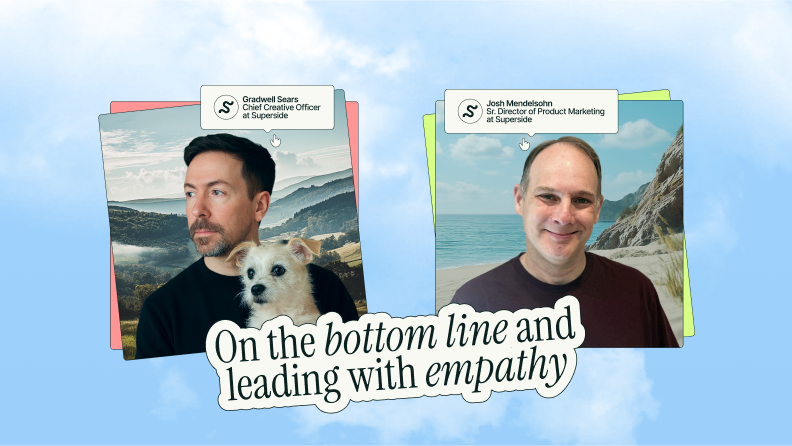
Results with heart: Inside Superside's empathy-fueled path to performance
Creative impact can’t be captured by a single metric or mood.But it is visible in results—and few understand this balance better than Superside's Gradwell Sears, Chief Creative Officer, and Josh Mendelsohn, Senior Director of Product Marketing. In our latest guide, Inside Great Creative Partnerships, Sears and Mendelsohn discussed how creative and marketing leaders must harmonize emotional resonance with measurable business performance to drive real impact.Spoiler: Results matter, but so do the people behind them. From ROI to vibes and empathy to partnerships that thrive, keep reading to see:Why creative is foundational to performance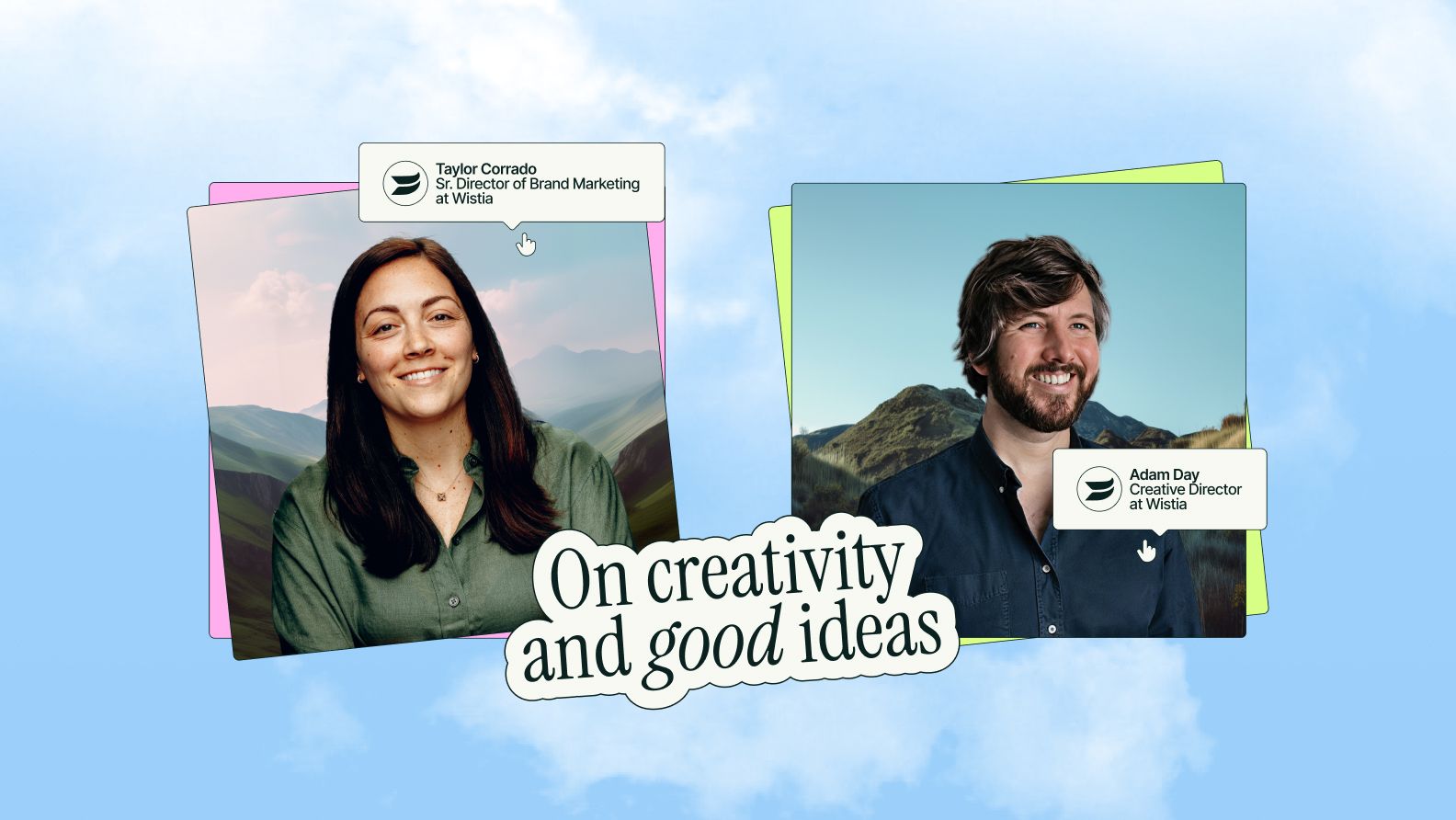
Open doors, unlock ideas: Inside Wistia's creative partnership
An SNL-inspired twist on a classic campaign.An analogue book that’s shipped over 700 copies around the world.A TikTok series narrated by a psychic raccoon.Okay, that last one’s made up. But one thing’s for sure, the creative and marketing teams at Wistia don’t just bring the creativity—they crank it to eleven.That’s why we had to speak with them for Superside’s latest guide, Inside Great Creative Partnerships. Wistia’s Adam Day, Creative Director, and Taylor Corrado, Senior Director of Brand Marketing, were kind enough to oblige and spill their secrets, including: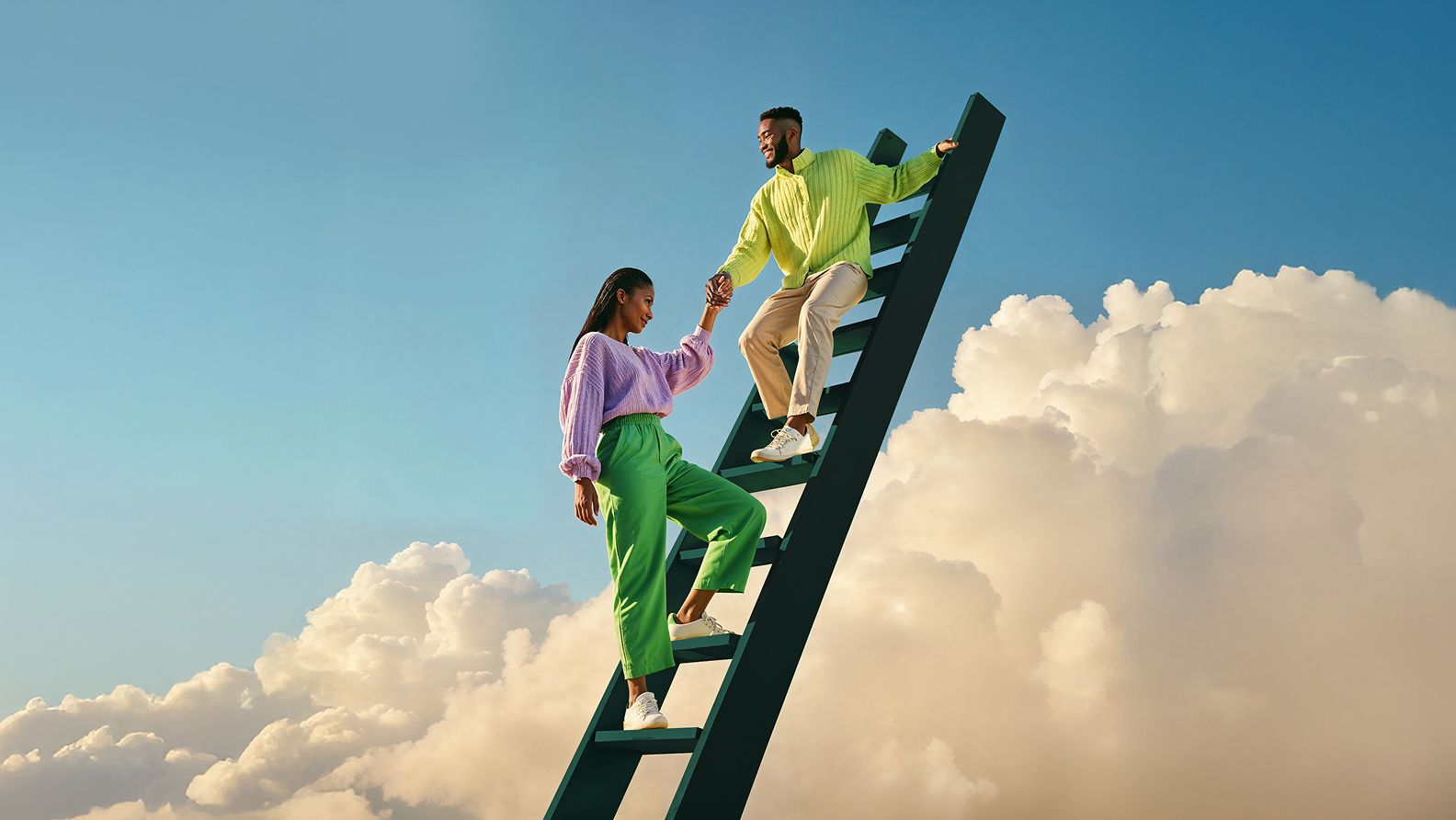
Get off the conveyor belt: 22 leaders on the secret to great work
“It can’t be an assembly line. You have to bake in collaboration—brainstorms, thought starters—before your jump to production. That’s where the best ideas come from.”Kevin Branscum, Senior Director of Brand Marketing at Typeform, shared this thought when we interviewed him for our latest guide. And he wasn’t the only one. The concept of partnerships—true collaboration between marketers and creatives—came up over and over again as the lynchpin for any successful campaign.That’s why we called the guide, Inside Great Creative Partnerships.It digs into hard-earned, real-life lessons from 22 top creative and marketing leaders shipping great work, together. We’ve already spilled their number one secret. But there are many more big ones, like:The source of great ideas